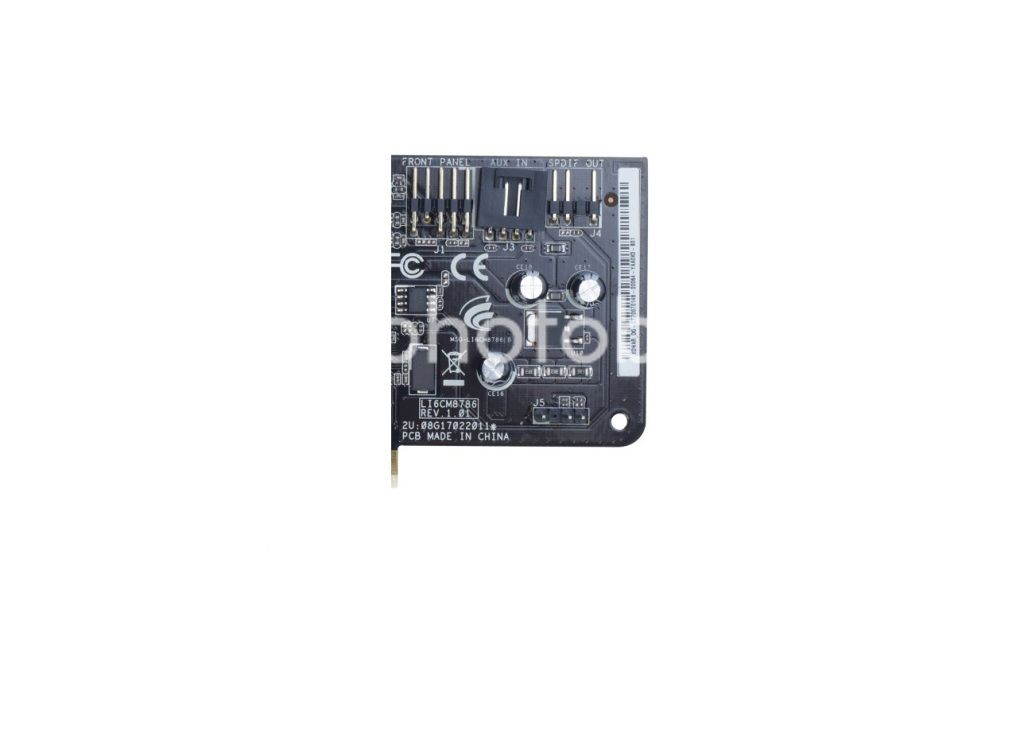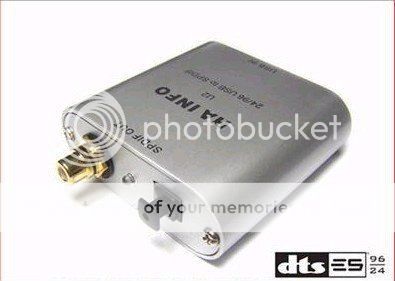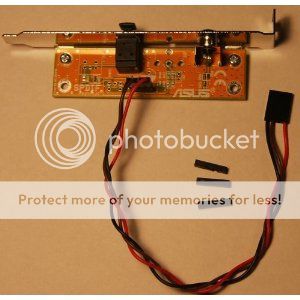The sound from this amp is
clear, detailed, and very natural. It's also absent any coloration, which means it may not satisfy some users looking for an audio band-aid to cover the flaws in their music or headphones. That's not what I value in an amp but I recognize that some people do; those users should probably look elsewhere.Those seeking a
transparent sound should definitely read on though, because portable amps don't get much better than this.
My initial method of evaluation was to use the UHA-6 in its most basic form - as a portable amp being fed by a line-out dock connected to an iPod Touch. The most obvious improvement here is the ability to drive difficult loads more effectively. The iPod by itself can often struggle to produce acceptable volume levels with full-sized headphones---the HiFiMAN HE-500 and Sennheiser HD650 are two examples, both clearly lacking when driven straight from the iPod headphone jack. With the Leckerton set to high-gain mode both models have significantly more headroom,
sounding more dynamic and controlled. But there's more to it than just volume and drive. From the iPod jack, neither headphone sounds all that clear or well defined. It's like a big wet blanket thrown over the sound---I actually prefer my V-MODA M80 over either model when driven straight from the iPod. But add the Leckerton to the equation and we begin to see why the HD650 and HE-500 are so well regarded.
Softness is replaced by clarity and definition ousts vagueness. For such a compact amp I am very impressed with the performance.
Most people aren't die-hard enough to carry big headphones like those in a portable setup. A far more likely pairing would be something like the
V-Moda M-80,
B&W P5, or
Beyerdynamic DT1350. With those types, an amp need not supply massive current or voltage swing. They simply require a
clear, neutral tone with low distortion. It also helps to have great channel balance and a silent background, attributes the Leckerton has in full. I can't truthfully say that the UHA is a night and day improvement over my iPod when using the M-80.
It's more of a subtle thing, where listening for long periods is easier.
I find myself focusing on the music more intensely rather than being distracted and wanting to read a magazine or check my email while I listen. If the amp manages to keep me more engaged then it must be doing something right, even if it isn't quite so concrete as it is with the bigger/more difficult headphones.
Then we come to in-ear monitors (IEMs), which have a whole new set of requirements.
They don't need much power at all, but are all about finesse and subtlety combined with high resolution. Obviously that quiet background and great channel balance comes in handy again, as does the gain switch. Setting the Leckerton on +0dB means a very wide usable volume range to play with. And then there's the matter of output impedance: with multi-driver balanced armature designs, the headphone impedance can vary wildly. Some of my custom IEMs such as the Unique Melody Merlin and the Lear LCM-2B dip extremely low at certain frequencies. The 3rd gen iPod Touch that I'm using has an output impedance of 7 ohms, meaning that interactions are likely to happen. The results from these interactions will vary for each IEM, but generally speaking it will lead to unpredictable peaks and dips in the frequency response as well as an unacceptably low damping factor. Adding the Leckerton with its sub-1 ohm output impedance will take care of that problem completely---you get to hear the IEM as it was originally voiced.
However, there are other things that the amp does in terms of refinement and clarity that can not be attributed merely to the impedance factor. This becomes especially apparent when driving an ultra-revealing IEM like the Heir Audio 4.A or Earproof Atom.
Micro-detail, or the ability to resolve minuscule events in the recording, is noticeably improved. Sometimes this will manifest itself as non-musical background information---an audience member coughs, a metronome clicks, that sort of thing. Other times it will actually be part of the performance---subtle brush work on drums, fingers sliding on guitar strings, and that last bit of breathiness in a singer's voice. Both types are the sort of low-level details that are very present in live performances but require a quality playback chain to properly reproduce. The Leckerton just goes farther towards that goal than most portable players do on their own.
Other Uses
Getting back to portable use, there are still very few portable devices offering digital outputs. An iPod paired with the Cypher Labs Algorhythm Solo or Fostex HP-P1 will do the job. Some people are still using the venerable iRiver H100 series players.
I chose the rather uncommon path of using a QLS QA-350---it's a brick with a tiny display, poor battery life, and it only plays WAV files, but it does have digital outs and the price is right. I find that it's worth lugging around this combo when I want to experience "at home" quality sound on the go - something that is rarely achievable without spending a good deal of money.



 . Is there any "audiophile" review of this board anywhere else? It's highly unlikely that nobody would have heard about it yet!
. Is there any "audiophile" review of this board anywhere else? It's highly unlikely that nobody would have heard about it yet!



